All in a day's work
making shapes
making shapes
WWR potluck
wwr potluck
wwr potluck
wwr potluck
wwr potluck
southern campus potluck
southern campus potluck
southern campus potluck
There is no school for students from Dec. 20-Jan. 5. Students return on January 6th. See you in 2026!!!

The Shenandoah County Title III Program serves culturally and linguistically diverse students whose native language is not English. The objective of the program is to provide students with the English and academic skills needed to be successful, active participants in the local community. All students in the Title III program receive content based instruction that is aligned with county standards, state standards and World-Class Instructional Design and Assessment (WIDA) standards.
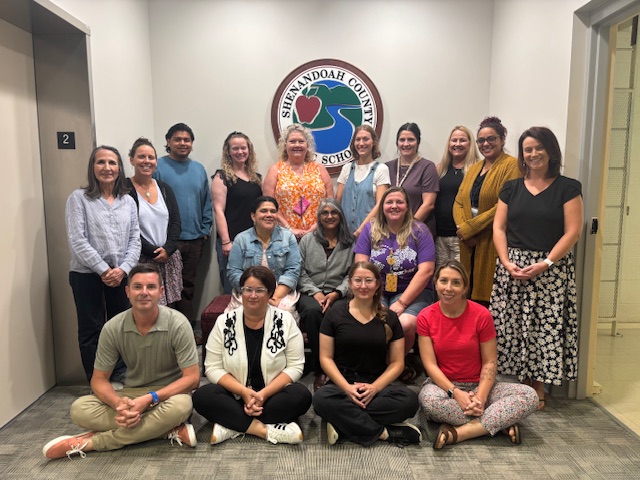
Shenandoah County EL Specialists

Sandy Hook

Signal Knob Middle School & Strasburg High School
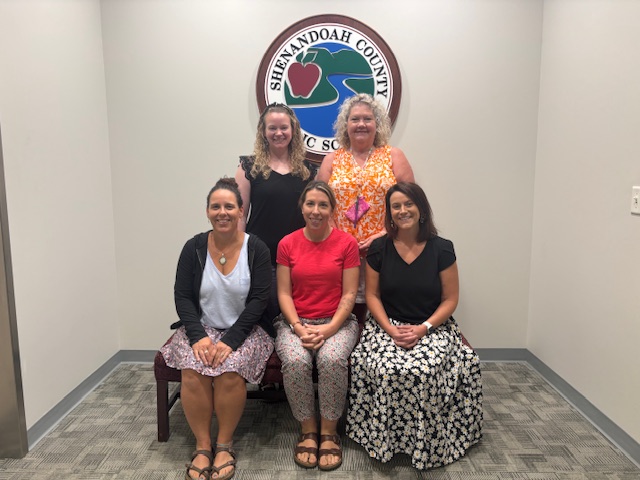
WW Robinson Elementary
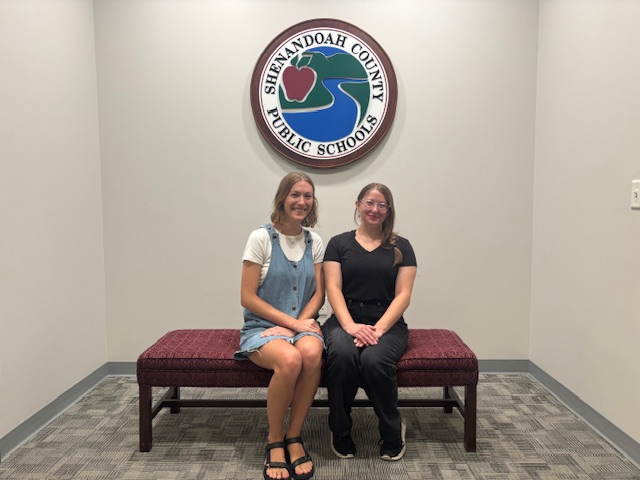
Peter Muhlenburg Middle School
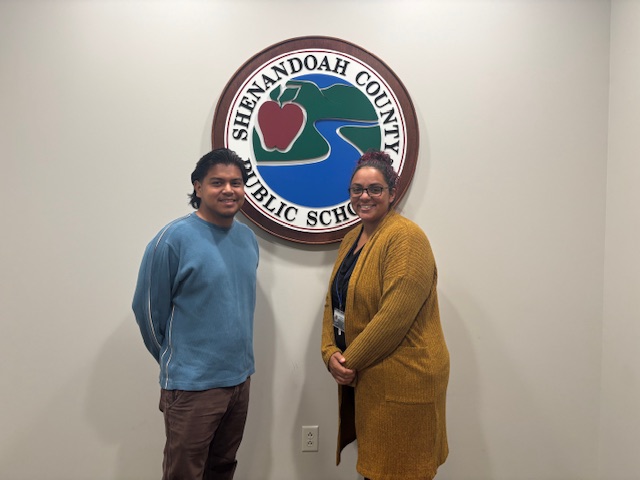
Central High School
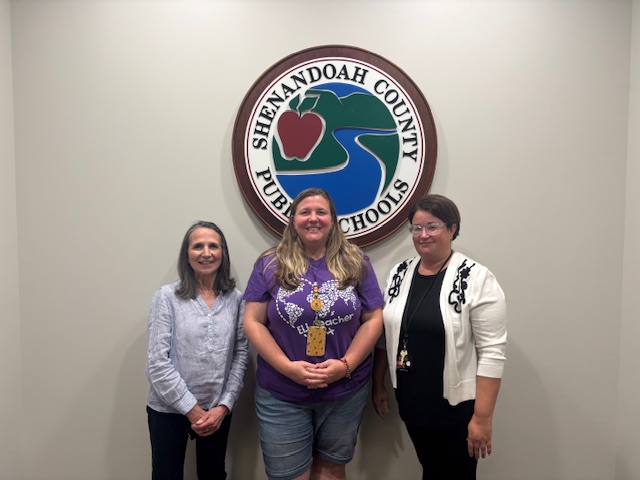
Ashby Lee Elementary

North Fork Middle School
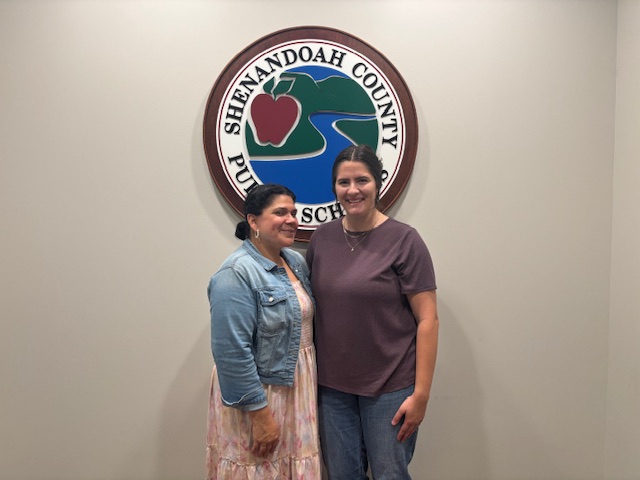
Stonewall Jackson High School
There are many terms used to describe English learners. Most currently, our county uses the acronym EL, shortened from English Learner, and the teachers who work with language learners are called EL Specialists. Here are other acronyms that you may come across:
ML--Multilingual Learner
ELL--English Language Learner
LEP--Limited English Proficient
ESL--English as a Second Language
ESOL--English to Speakers of Other Languages
Shenandoah County Parks and Rec
Shenandoah County Soccer League
Woodstock Edinburg Little League
Woodstock Edinburg Football and Cheer League
ShenGo--regional bus service for Shenandoah County
Thursday Dec. 4-- Edinburg Christmas Parade 6 pm
Friday Dec. 5-- Light Up Woodstock (musical performances, Christmas parade) Musical performances on the Courthouse steps at 530, parade at 630 pm
Saturday Dec. 6-- Strasburg Christmas Parade 430 pm